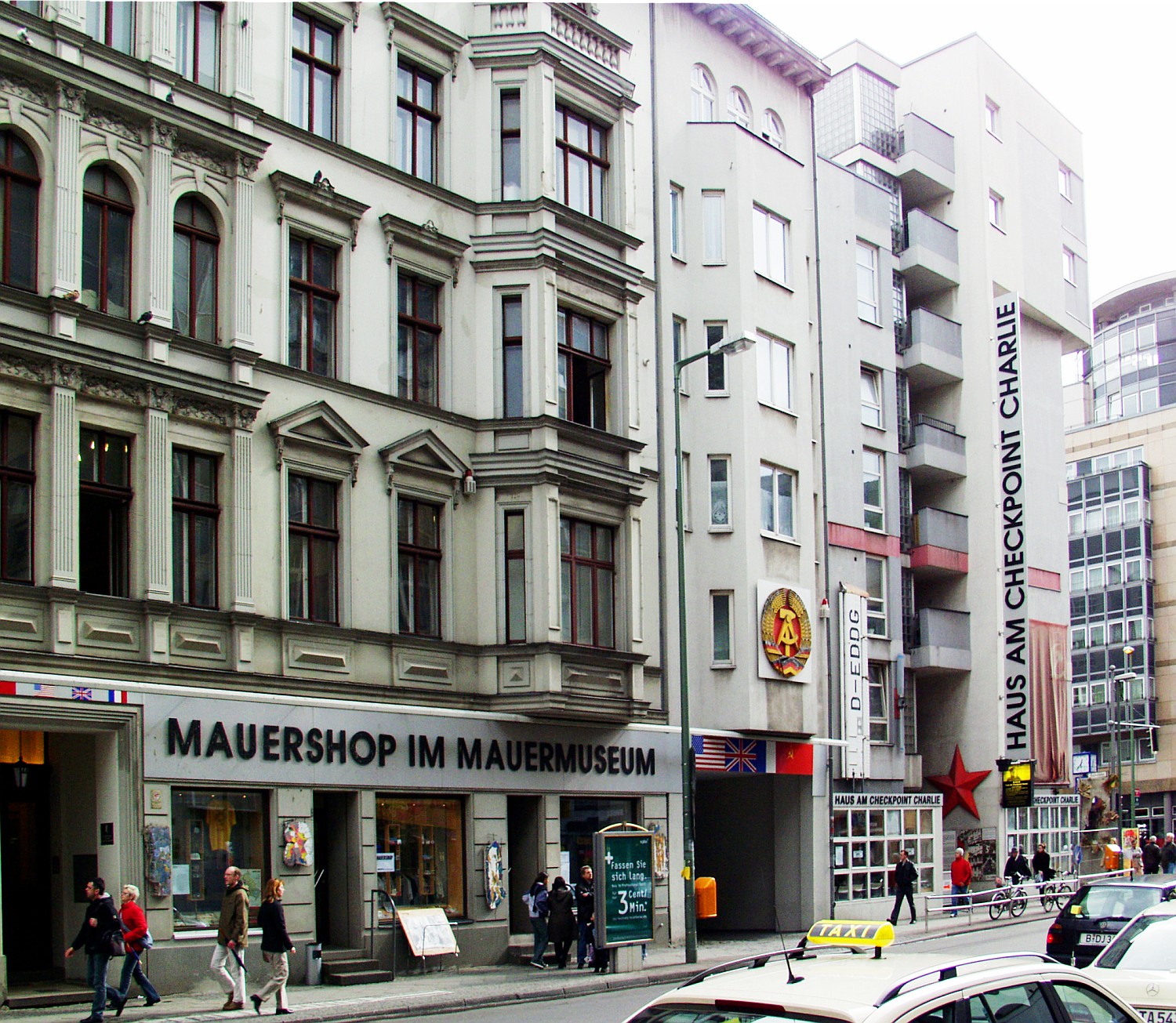Checkpoint Charlie, a historic symbol of the Cold War, stood as a tangible and iconic marker of the division between East and West Berlin during a tumultuous period in the mid-20th century. Nestled in the heart of Berlin, this checkpoint became a focal point of geopolitical tension, espionage, and the stark realities of the Iron Curtain that separated communist East Germany from the democratic West.
The name “Checkpoint Charlie” originates from the NATO phonetic alphabet, where “Charlie” represents the letter “C.” During the partition of Berlin, the city had three main border checkpoints, and each was designated by a letter – Alpha, Bravo, and Charlie. Checkpoint Charlie, situated on Friedrichstrasse, served as a transit point for diplomats, Allied military personnel, and foreign visitors moving between the American sector in West Berlin and the Soviet sector in East Berlin.
Checkpoint Charlie gained international prominence during the Berlin Crisis of 1961, when the Soviet Union and East Germany erected the Berlin Wall to stem the tide of defections from East to West. The checkpoint became a symbolic gateway between the two opposing worlds, with the famous sign “You are leaving the American Sector” facing West and the corresponding “You are entering the American Sector” facing East.
The checkpoint became a potent symbol of the ideological and physical divide that characterized the Cold War. It was a place where the geopolitical rivalry between the United States and the Soviet Union played out on a daily basis. Armed guards from both sides scrutinized those who sought passage, and the tension was palpable.
Checkpoint Charlie became the site of several notable incidents. In October 1961, the standoff between American and Soviet tanks, known as the Checkpoint Charlie Standoff, epitomized the brinkmanship that defined the Cold War. The tension reached a point where the world held its breath, fearing a potential escalation into armed conflict.
Over the years, numerous espionage incidents and daring escape attempts unfolded at Checkpoint Charlie. The crossing became a symbol of the lengths people were willing to go to escape the oppression of East Germany. Tales of tunnels, hidden compartments in vehicles, and even hot air balloon escapes added layers of intrigue to the checkpoint’s history.
With the thawing of Cold War tensions in the late 1980s and the subsequent reunification of Germany in 1990, Checkpoint Charlie lost its strategic significance. The Berlin Wall fell, and the once-imposing border disappeared. Today, what remains of the checkpoint is a replica of the original guardhouse, the iconic sign, and a museum dedicated to its history.
The Checkpoint Charlie Museum, officially known as the Haus am Checkpoint Charlie, is a poignant testament to the era it represents. The museum, founded by human rights activist Rainer Hildebrandt, houses an extensive collection of artifacts, photos, and stories related to the Berlin Wall and the attempts to overcome it. Visitors can explore the museum to gain insights into the lives of those who lived on both sides of the Iron Curtain and learn about the various escape methods employed.
While the original guardhouse at Checkpoint Charlie is gone, the replica and adjacent museum stand as reminders of a bygone era. The site has become a popular tourist attraction, drawing visitors from around the world who seek to understand the complexities of the Cold War and the courage of those who strove for freedom in its shadow. Checkpoint Charlie remains not just a historical relic but a poignant symbol of resilience, human spirit, and the pursuit of liberty in the face of adversity.

